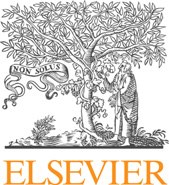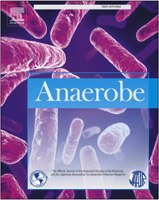Mise en page
J o u r n é e s « L i e n s o c i a l » Organisées par le LEMNA Laboratoire de gestion et de management de Nantes Atlantique Coordination scientifique Fabien TRIPIER Professeur d’économie à l’université de Nantes 16 - 17 mai 2011 Résumés des communications Maison des sciences de l’homme Ange-Guépin SOMMAIRE Frédéric Allaire La taxe de risque systémique sur

 Spiramycin resistance in human periodontitis microbiota
Thomas E. Rams Sebastien Dujardin Jacqueline D. Sautter , John E. Degener ,Arie J. van Winkelhoff ,
a Department of Periodontology and Oral Implantology, and Oral Microbiology Testing Service Laboratory, Temple University School of Dentistry, 3223 North Broad Street,Philadelphia, PA 19140, USAb Department of Microbiology and Immunology, Temple University School of Medicine, 3500 North Broad Street, Philadelphia, PA 19140, USAc Center for Dentistry and Oral Hygiene, Department of Oral Microbiology, University Medical Center Groningen, University of Groningen, Antonius Deusinglaan 1,9713 AV Groningen, The Netherlandsd Department of Medical Microbiology, University Medical Center Groningen, University of Groningen, Hanzeplein 1, 9713 GZ Groningen, The Netherlands
Purpose: The occurrence of in vitro resistance to therapeutic concentrations of spiramycin, amoxicillin,
and metronidazole was determined for putative periodontal pathogens isolated in the United States.
Spiramycin resistance in human periodontitis microbiota
Thomas E. Rams Sebastien Dujardin Jacqueline D. Sautter , John E. Degener ,Arie J. van Winkelhoff ,
a Department of Periodontology and Oral Implantology, and Oral Microbiology Testing Service Laboratory, Temple University School of Dentistry, 3223 North Broad Street,Philadelphia, PA 19140, USAb Department of Microbiology and Immunology, Temple University School of Medicine, 3500 North Broad Street, Philadelphia, PA 19140, USAc Center for Dentistry and Oral Hygiene, Department of Oral Microbiology, University Medical Center Groningen, University of Groningen, Antonius Deusinglaan 1,9713 AV Groningen, The Netherlandsd Department of Medical Microbiology, University Medical Center Groningen, University of Groningen, Hanzeplein 1, 9713 GZ Groningen, The Netherlands
Purpose: The occurrence of in vitro resistance to therapeutic concentrations of spiramycin, amoxicillin,
and metronidazole was determined for putative periodontal pathogens isolated in the United States.